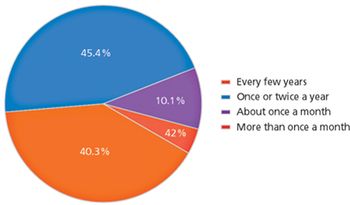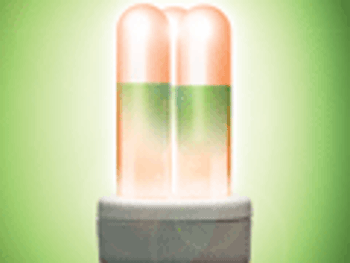
Adopting a seven-step process to maintenance and storage improves tableting quality.

Adopting a seven-step process to maintenance and storage improves tableting quality.

Protecting patients from counterfeit medicines is a pressing issue facing governments and the pharmaceutical industry.

Even in an industry in which all product development is complicated by the intricacies of human biology, orally inhaled products (OIP) stand out as singularly demanding.

Recent activity in standards-setting organizations has raised interest in the impact of testing for impurities that may enter the product before it is mined or harvested or even due to intentional use of some reagents.

A UC Berkeley survey provides insight into biopharma's risk concerns and strategies.

Innovation resulting in improved productivity continues unabated and is a primary driver for many of the current biopharmaceutical trends.

The ongoing economic crisis in Europe has accelerated healthcare cost-containment measures targeting the price of pharmaceuticals, but the pharma industry is not giving in without a fight.

A new international agreement to reduce mercury contamination of air and water was recently adopted by 140 countries, without a proposal that threatened to limit access to vaccines in much of the world.

FDA has approved Protein Sciences's FluBlok, a seasonal influenza vaccine made with novel technology. FluBlok uses recombinant DNA and a modified baculovirus (a virus that infects insects) to produce a safe and effective human flu vaccine. FDA approved Flublok for people 18–49 years old.

Recently, after reading about the severity of this year’s flu season, I finally went and got my vaccine, which my doctor had been out of when I tried in October.

Adopting a seven-step process resolves tableting problems.

Advances in data loggers and radio-frequency identification tags help meet the increasing need for managing the pharmaceutical cold chain.

Micronization can be performed with a jet mill or bead mill.

The FPC50W is an aseptic filling system with full or partial stoppering and crimp capping of vials, delivering fill volumes ranging 0.1ml to 100ml and filling accuracy of +/- 0.5%.

Janssen Pharmaceuticals, Inc. and GlycoVaxyn AG have entered into a three-year agreement to collaborate on the research and development of a multivalent bacterial vaccine utilizing GlycoVaxyn's bio-conjugation technology.

FDA talks about the changing scope of regulatory science and its effect on drug reviews, site inspections, and overall approaches.

Is process-centered organization in biopharmaceutical manufacturing a stepping stone or a stumbling block?

New product reviews for December 2012.

Process chemists employ a variety of approaches to improve yield, purity, and stereoselectivity.

The health ministry of Brazil recently signed an agreement to obtain its production technology to locally develop the antiretroviral drug atazavanir sulfate.

FDA talks about the changing scope of regulatory science and its effect on drug reviews, site inspections, overall approaches.

The authors discuss the valuable information that can be obtained from indexing and its applications in routine screening and analysis of solid forms.

Will international biomanufacturing outsourcing become mainstream in this decade?

PharmTech speaks to Ray O'Connor from the National Institute for Bioprocessing Research and Training (NIBRT) for an overview of aseptic processing.

Siegfried Schmitt, a principal consultant with PAREXEL, discusses the EMA's guideline on process validation and how it compares with FDA's process validaton guidance.